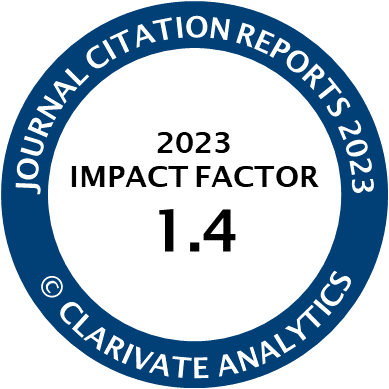Article | Open Access
The Spaces In Between: Understanding Children’s Creative Expression in Temporary Shelters for Asylum Seekers
| Views: | 884 | | | Downloads: | 504 |
Abstract: On arrival in a host country, asylum‐seeking children face uncertainty and stress that may compound past traumatic experiences of war and violence. This article is based on a participatory action research project, Welcome Haven, that aims to promote the wellbeing and mental health of asylum‐seeking families in Montreal, Canada, through psychosocial workshops. Since 2023, our interdisciplinary team has conducted arts‐based workshops to support asylum‐seeking children lodged in hotels that function as temporary accommodations, funded by the federal government. This study examines the drawings and narratives of participating children (ages 5–17) to understand how children communicate and make sense of their experiences through artmaking. Following a participatory action research framework using arts‐based approaches, we use narrative and thematic analysis to analyze our (a) ethnographic field notes, (b) notes from our intervention team meetings, which functioned as peer supervision for facilitators, and (c) photographs of children’s artwork. Our findings suggest that children use drawings to share and externalize their personal stories and to express fears and hopes for the future. Importantly, children’s expression happened not only on the page and through stories, but in the space between facilitators and children, and in their manner of sharing or protecting their art. The challenges of conducting research and creating therapeutic alliances in these spaces are explored. This research has important implications for understanding children affected by war and those in humanitarian crisis settings, including reception centers and shelters in high‐income countries.
Keywords: art therapy; asylum seekers; children; expression; refugees; stories; temporary housing
Published:
© Laila Hamouda, Manuela Ochoa‐Ronderos, Sewar A. Elejla, Keven Lee, Rachel Kronick. This is an open access article distributed under the terms of the Creative Commons Attribution 4.0 license (http://creativecommons.org/licenses/by/4.0), which permits any use, distribution, and reproduction of the work without further permission provided the original author(s) and source are credited.




